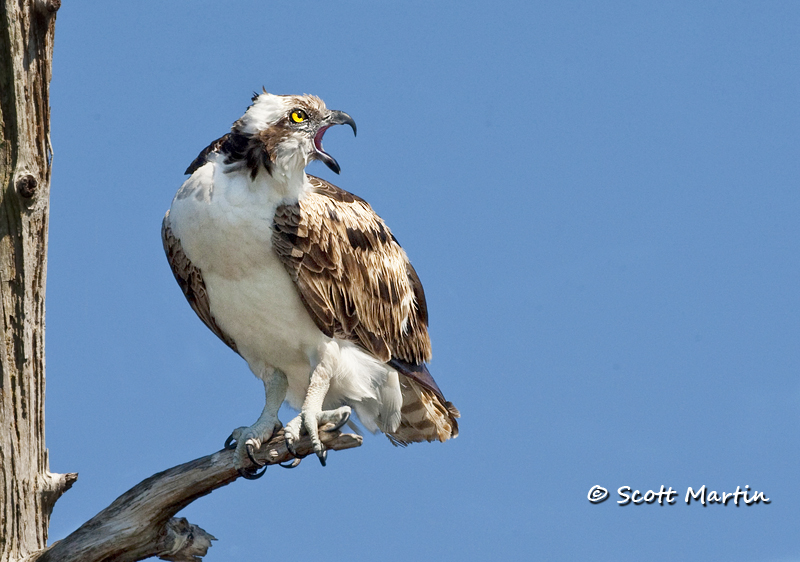
by Scott Martin Photography | Mar 27, 2011 | Birds, Blog, Raptors
We’ve just returned from eleven fabulous days in Florida where we enjoyed perfect weather, great light and now have many gigs of CF cards filled and waiting to be processed.
While in Florida our son Jeff was engaged to Ellesse and they are getting married this October. Our daughter Lindsay and her fiancé Cam are getting married this summer so we are looking forward to a fun filled and busy few months ahead.
This post will be short as I haven’t had time to process many images yet and I’m experimenting with the WordPress iPhone app to make this post, which is a first for me. Stay tuned as there are lots of upcoming posts of Florida birds.
Here is an Osprey taken at the Viera Wetlands, on the Space Coast of Florida. It’s a Mecca for bird photographers and if you have never been there you need to put it on your list of places to visit.

43.919428-78.915892
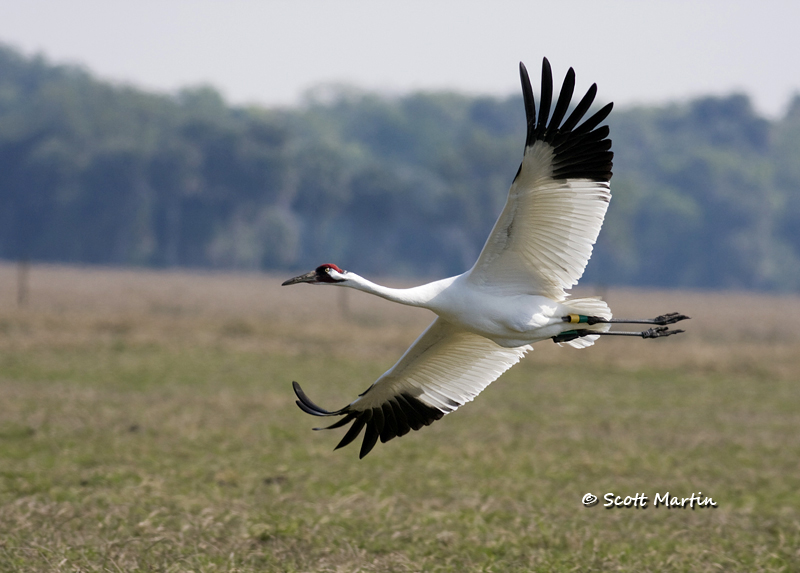
by Scott Martin Photography | Mar 3, 2011 | Birds, Blog, Raptors, Shore Birds & Waterfowl
For many years our family has joined the March Break Exodus and headed to Florida. It’s hard to believe that time of the year has arrived again! For a bird photographer March is a great time to be in Florida as many of the birds are nesting, which means they are also in their colourful breeding plumage.
Whenever you travel and are looking for birds, a great tip is to look through the yellow pages and find someone listed who makes custom bird houses and give them a call. My experience is that they will not only know where the birds are but also be willing to tell you! This is exactly what I did a few years ago and when the gentleman on the phone asked what types of birds I was looking for, my somewhat tongue-in-cheek reply was “Snail Kites and Whooping Cranes”. I was surprised when he answered “No problem, here’s exactly where you need to look”. Even more surprised were my wife and I when after driving about forty-five minutes to the location suggested we were greeted by four Whooping Cranes flying directly over top of our heads. It was an amazing sight which was followed by about an hour of watching two pairs of Whooping Cranes. After the Cranes moved on to another location we walked down to the shore line of Lake Kissimmee and within ten minutes a Snail Kite, clutching an Apple Snail flew by and offered the perfect photographic opportunity. We have gone back to the same location every year since and you guessed it, have not seen any Whooping Cranes or Snail Kites since!
Here is one of the Whooping Cranes from that day, taken hand-held with a Canon 40D and EF 400mm f/5.6 L lens.

Whooping Cranes are an endangered species and the rarest bird in North America with ~400 known wild birds. They are also North America’s tallest bird standing about six feet high with an eight foot wing span. The following image shows the relative size of the Whooping Crane….and no those are not miniature cows in the foreground 🙂
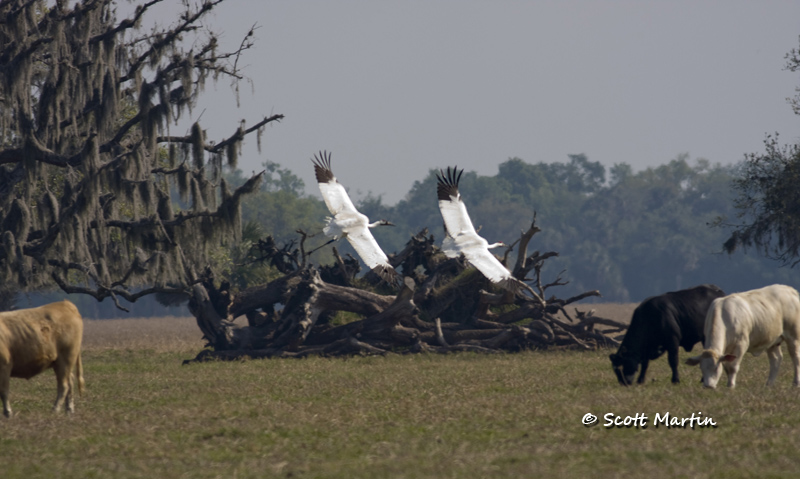
The Snail Kite is the rarest North American Raptor and is a locally endangered species in Florida where it is estimated there are about 400 breeding pairs. Their primary diet is the Apple Snail and they use their talons to deftly remove the snails from plant stems just below the water surface. They are so good at this process that they rarely get their feathers wet in the process.
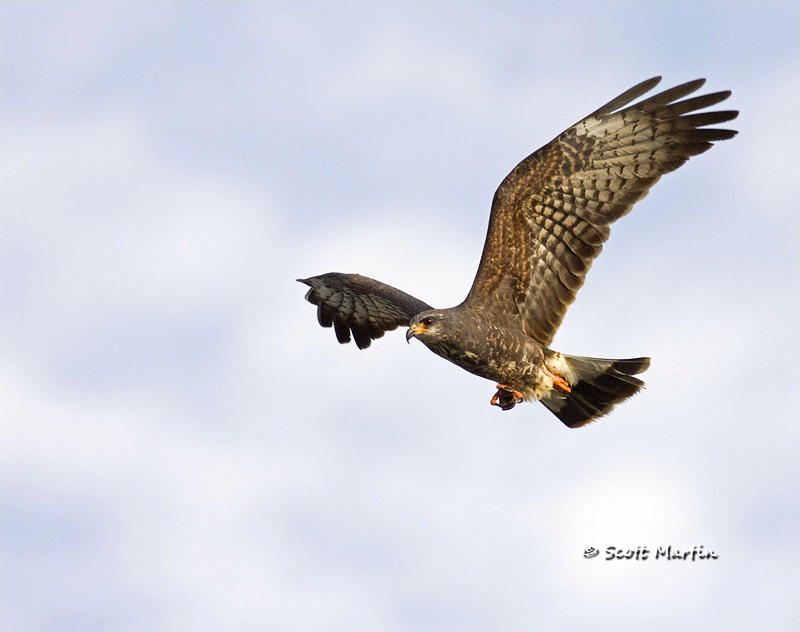
This year our goal is to photograph Snail Kites and Eagles while in Florida and who knows, perhaps even another Whooping Crane.
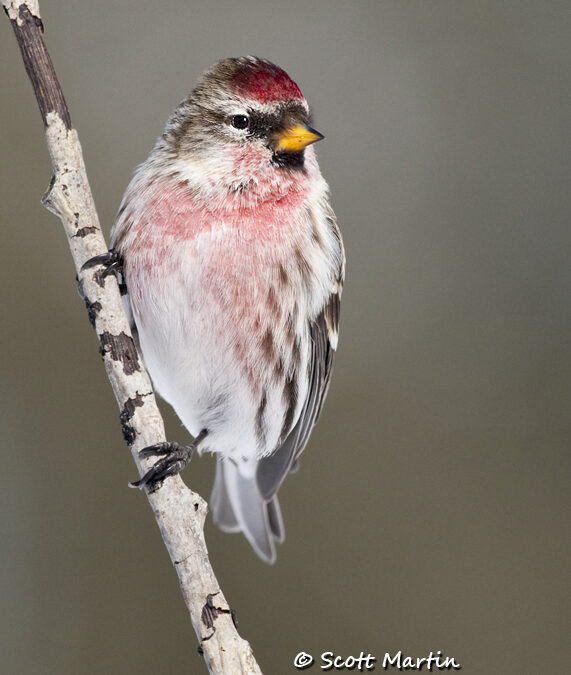
by Scott Martin Photography | Mar 1, 2011 | Birds, Blog
The winter irruption of Common Redpolls has been a welcomed surprise this year and these pretty little birds that often travel in nomadic flocks of a hundred or more have provided many great images for the photographer who has gone looking for them. They are also common in back yards that have maintained nyger seed feeders over the winter, so if you’ve been one of those fortunate people the Redpolls have come to you! Although I’ve already dedicated a blog post to the Redpolls, here are two more images that will most likely be the last until next winter.
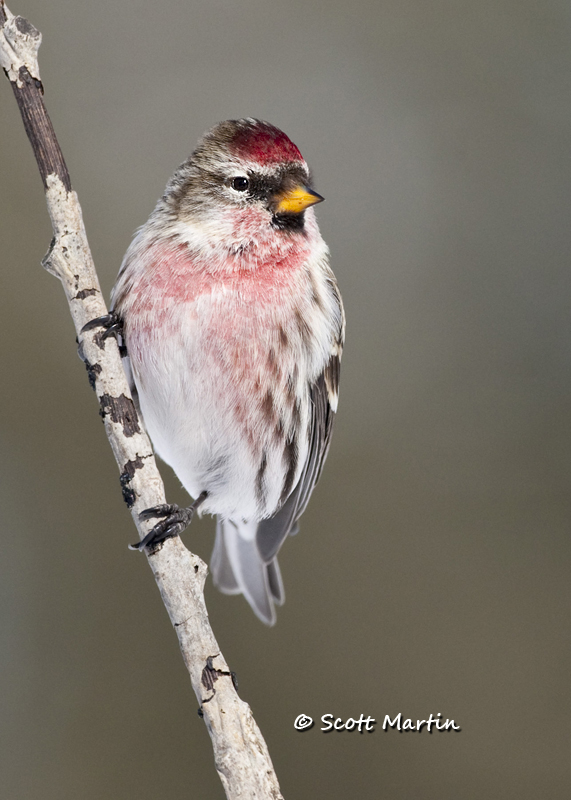
.
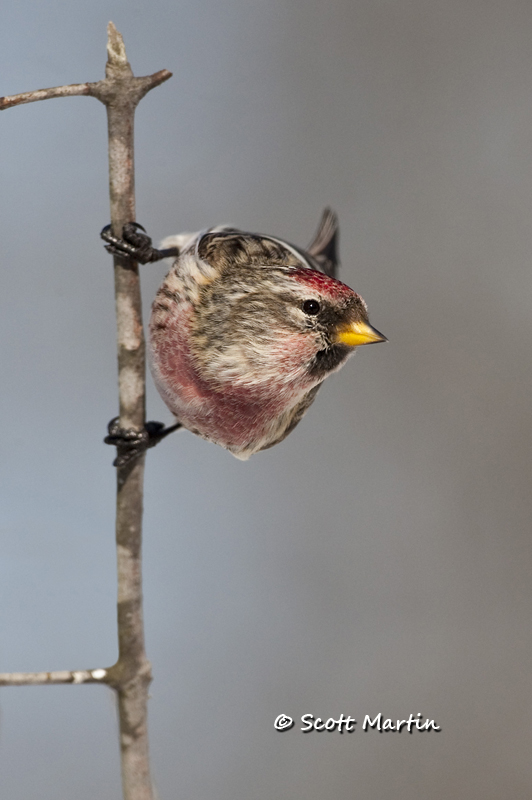
Both of the above images are of male Common Redpolls which differ from the females by their red coloured breast feathers.
The following images are from last summer however I’m just getting around to adding them to the website galleries. The first image is of a Brown Thrasher, which is a common bird that frequents thick bushes and spends much of its time on the ground (as in this image). They are a fairly skittish bird and don’t often provide great photo opportunities! The Brown Thrasher is a large bird measuring up to 30cm in length and lays its eggs in shallow nests on, or very close to the ground. This is a problem as they are prone to predation from snakes, skunks, weasels and other similar threats. The Brown Thrasher is a staunch defender of its nest and has been known to draw blood from anything, including unsuspecting birders and photographers who stray too close to an occupied nest. Perhaps what the Brown Thrasher is best known for is its wonderful and complex song. The Thrasher has the most extensive and varied vocal repertoire of any North American bird with an estimated 3,000 unique sounds they combine to form a multitude of songs and calls. In these parts of Ontario they are often heard and less frequently seen in the spring and summer months.
Click the link to hear the Brown Thrasher Call, from the Cornell Lab of Ornithology.
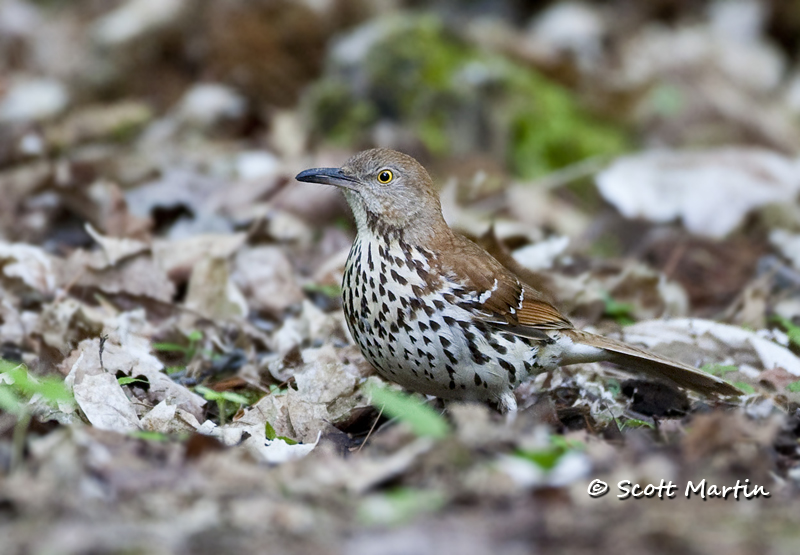
The last two images are of a Wood Thrush. Like the Brown Thrasher, Wood Thrushes prefer dense thickets and old world pine forests, such as Thickson’s Woods in Oshawa, where these images were shot. The Wood Thrush is smaller than the Thrasher, measuring about 20cm in length. Urbanization has caused the population of Wood Thrushes to be on the decline in Ontario and their reduced habitat has been largely taken over by a more common thrush, the American Robin. Like the Thrashers, Wood Thrushes have a beautiful song, which Henry David Thoreau described as the most beautiful of avian sounds.
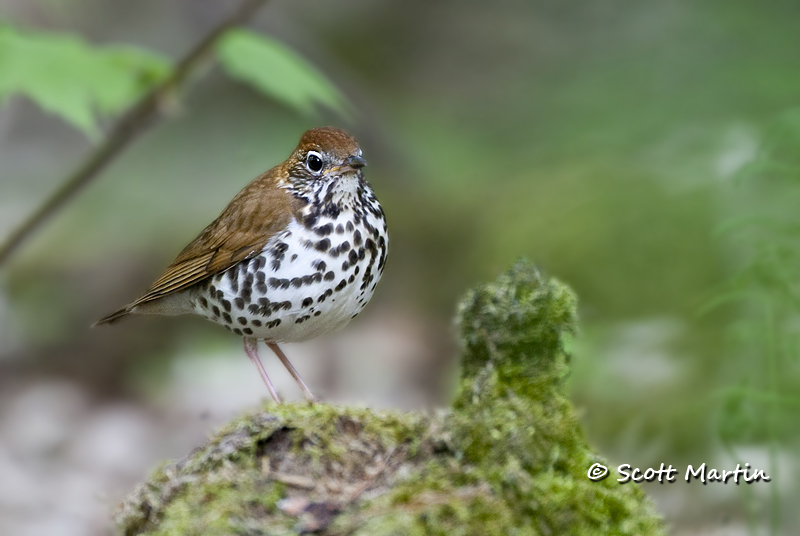
.
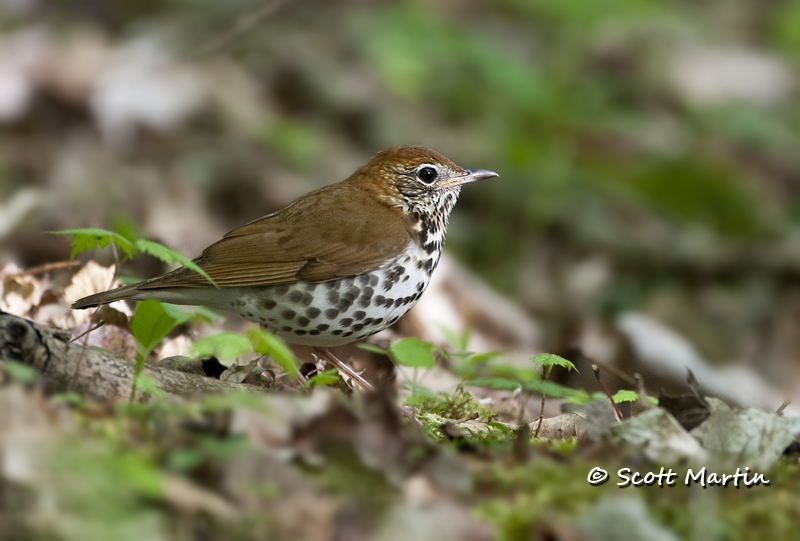













Follow Scott Martin Photography